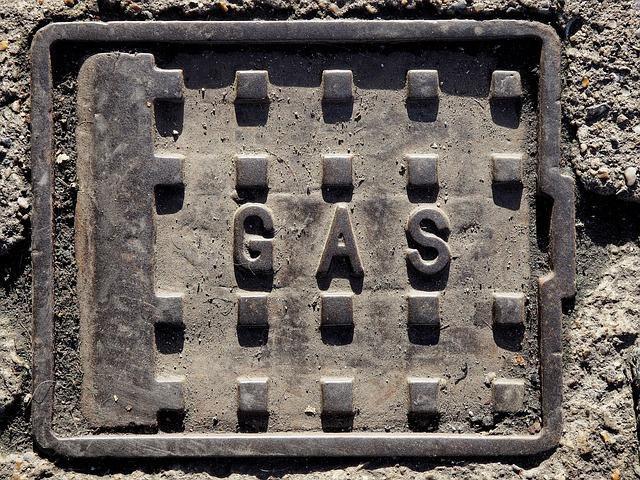The Crucial Role of Accurate Monitoring in Ensuring Hydrogen Safety
Hydrogen is increasingly recognized as a pivotal element in the transition to sustainable energy sources. Its potential applications range from powering fuel cells in electric vehicles to serving as an alternative fuel for industrial processes. However, the properties that make hydrogen a valuable energy resource also present significant safety challenges. Being the smallest and lightest molecule, hydrogen is highly flammable and can escape easily through the tiniest of leaks. Therefore, accurate and continuous monitoring of hydrogen is essential to ensure safety and mitigate any risks associated with its use.
Transformer Problems
The integrity of transformers is critical when dealing with hydrogen as an energy source. One of the primary issues with transformers in hydrogen applications is their susceptibility to hydrogen embrittlement. This phenomenon occurs when hydrogen atoms diffuse into the metal structures of transformers, causing them to become brittle and prone to cracking. Such structural weaknesses can lead to severe malfunctions or even catastrophic failures, posing significant safety risks. Active Hydrogen monitoring systems can detect the presence of potential transformer failure and allow for timely maintenance or replacement, preventing any potential safety incidents. This is especially crucial in industrial environments where large-scale transformers are used to support hydrogen production and storage processes.
Leak Detection
Hydrogen leaks can occur due to various reasons, such as faulty equipment or human error. If not detected and addressed promptly, they can lead to explosions or fires. Therefore, it is essential to have monitoring systems that can detect even the smallest traces of hydrogen in the air and alert operators quickly. These systems use advanced sensor technologies such as laser-based detectors or catalytic bead sensors that offer high sensitivity and reliability in detecting hydrogen leaks. Additionally, some systems also incorporate remote monitoring capabilities, allowing for real-time data collection and analysis. This feature enables operators to identify potential leak sources and take corrective actions promptly.
Safety Regulations
The importance of accurate hydrogen monitoring is also reflected in safety regulations and standards. For instance, the National Fire Protection Association (NFPA) has established guidelines for the storage, use, and handling of hydrogen in industrial facilities. These regulations require periodic monitoring of hydrogen levels to ensure safe operating conditions. In addition, international organizations like the International Organization for Standardization (ISO) have developed standards specifically focused on hydrogen safety and recommend the use of monitoring systems as a crucial part of risk management strategies. Compliance with these regulations not only ensures the safety of personnel and facilities but also promotes public confidence in hydrogen as a viable energy source.
Future Developments
With the increasing use of hydrogen in various industries, continuous advancements are being made in monitoring technologies. The development of smart sensors that can communicate data wirelessly and be integrated into automated systems is one such example. These sensors can provide real-time monitoring information, allowing for immediate action to be taken in case of any incidents or abnormalities. Additionally, research is also being conducted on developing advanced warning systems based on artificial intelligence and machine learning techniques to predict potential hazards before they occur. These advancements will play a crucial role in ensuring the safe and efficient use of hydrogen in the future.
Success Stories in Hydrogen Safety
Several industries around the world have successfully implemented hydrogen safety measures, showcasing the effectiveness of accurate monitoring and advanced technologies. One notable example is Japan's venture into hydrogen fuel cell vehicles (FCVs). With stringent safety protocols and continuous monitoring systems, these vehicles have demonstrated a remarkable safety record, gaining consumer trust and contributing to a sustainable transportation landscape.
In the field of industrial production, companies like Air Products have set benchmarks by integrating state-of-the-art hydrogen detection systems within their facilities. By employing advanced sensor technologies and rigorous safety practices, they have maintained an excellent safety track record, significantly minimizing the risk of leaks and associated hazards.
The European Space Agency (ESA) has long relied on hydrogen as a crucial component in rocket fuel. By implementing meticulous safety measures and employing cutting-edge monitoring technologies, ESA has successfully managed hydrogen-related risks, ensuring the safety of its missions and personnel. These success stories underline the importance of continuous innovation and strict adherence to safety standards in harnessing hydrogen's full potential.
The burgeoning adoption of hydrogen as a sustainable energy source underscores the necessity for precise and continuous monitoring systems. Ensuring hydrogen safety through advanced detection technologies, compliance with stringent safety regulations, and ongoing innovation in monitoring capabilities is paramount. These measures mitigate the inherent risks of hydrogen use, such as leaks and embrittlement, and foster safe operational environments across various applications. The success stories from different industries exemplify the significant progress made in hydrogen safety, serving as a testament to the effectiveness of vigilant monitoring systems.

